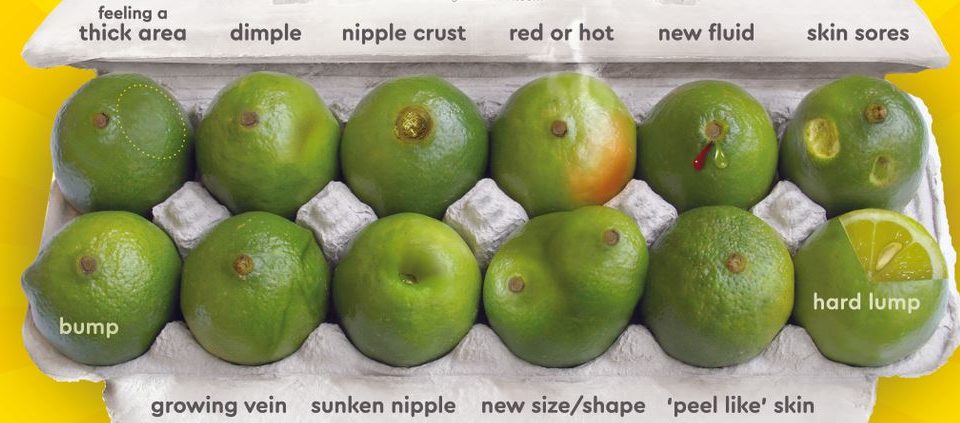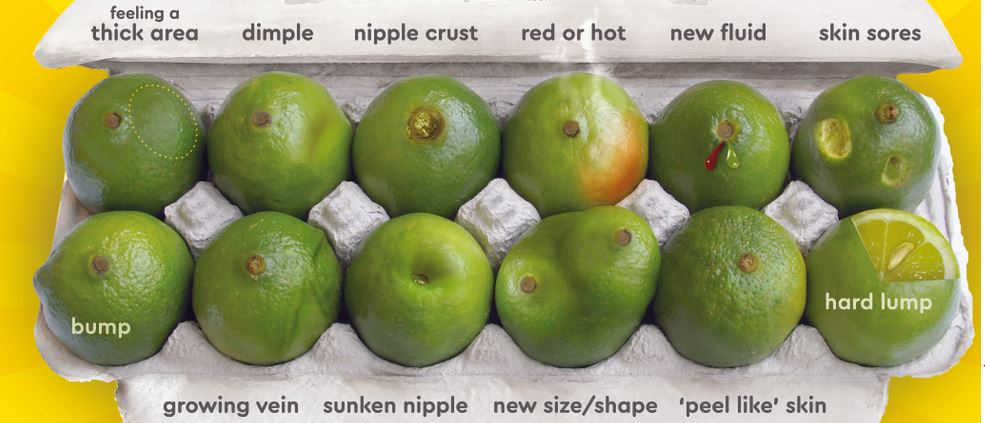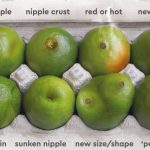Is it accurate to say that you are Breast Cancer Aware?

If your answer is no… here are 6 things you should do and take note of…
When do I carry out self-check?
Every breast is different. So knowing what is normal for you is key to spotting any changes. Do a little self-check each month by looking and feeling around. Then, if something does change, it’s easier to notice so you can tell your doctor.
Self-checks are something you can do to be proactive about your health. The goal is early detection, so look, feel and report any changes to a doctor.
What do I look for?
Try not to think of a breast self-check as a hunt to find cancer, but to understand the normal landscape of your breasts. This involves both looking and feeling.
Look in a mirror with your arms up, then again with your hands on your hips. Turn to the side and then face forward. Check for any changes that resemble these signs beneath.

Many changes are normal, however in the event that anything remains around or deteriorates, let your doctor know.
What can my doctor do?
Doctors can give advice and discuss any changes you may find. In the event that further tests are required, they will refer you for additional testing.
Talk with your doctor about your risk for breast cancer. If you have increased risk, then you may need additional tests but it’s down to you to start that chat.
What’s my risk?
In Nigeria, the average lifetime risk for breast cancer is 1-in-8. Your breast cancer risk increases as you get older, as well as having a higher lifetime exposure to oestrogen. Less than 10% of women with breast cancer can have a history of it in their family. So be aware of any changes and report them to your doctor no matter your risk.
What steps can I take to get answers?
Many symptoms of breast cancer are found by the patient, so reporting symptoms to your doctor is smart. However, mammograms can detect tiny lumps long before they can be felt, giving the best chance of early detection.
What am I feeling for?
- Soft peas
- Soft beans
- Hard seed
Feel the area from your armpit to your collarbone to the bottom of your rib cage.
A cancerous lump is often hard and immovable, like a lemon seed. It can be any shape or size or feel like a thick mass.
Normal lumps (milk lobes and lymph nodes) feel like soft peas or soft beans.
Source: rfcafrica.org







